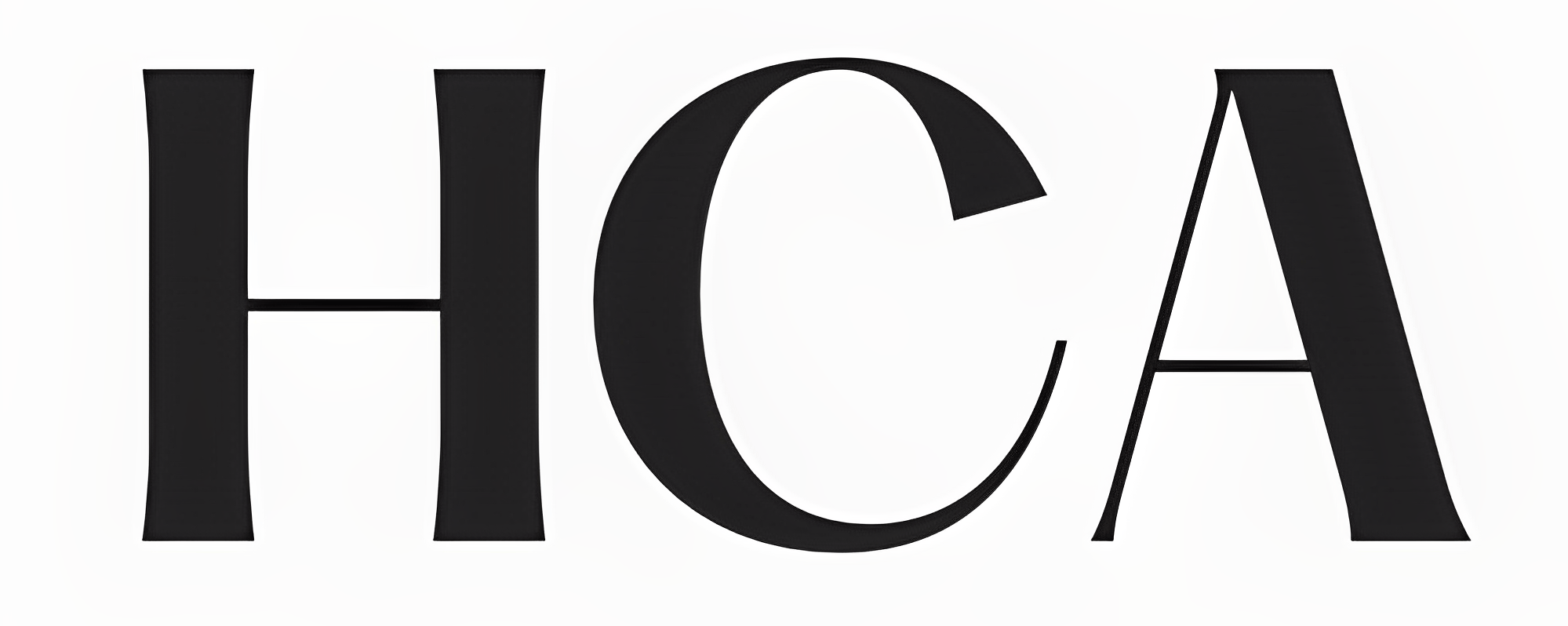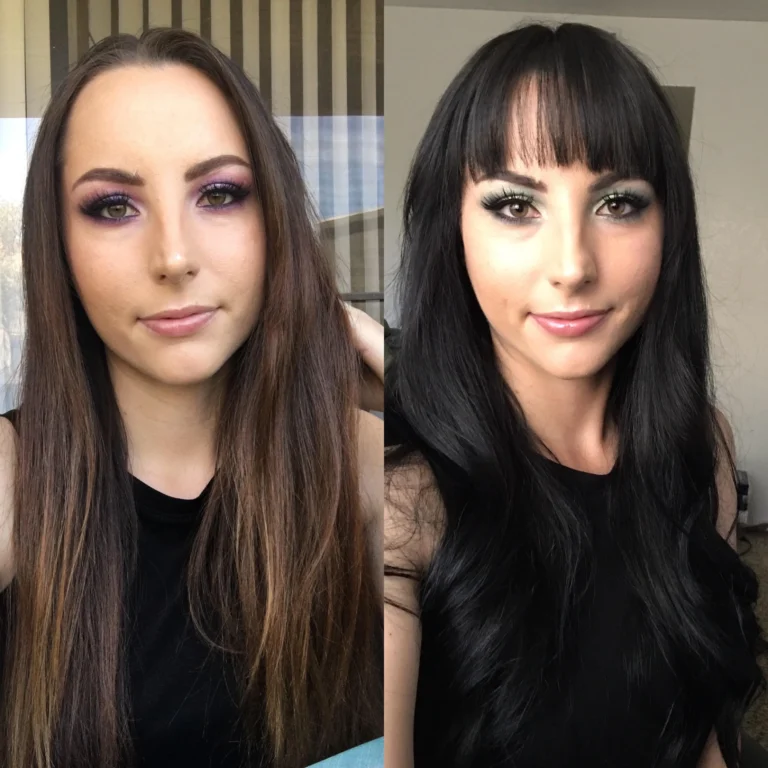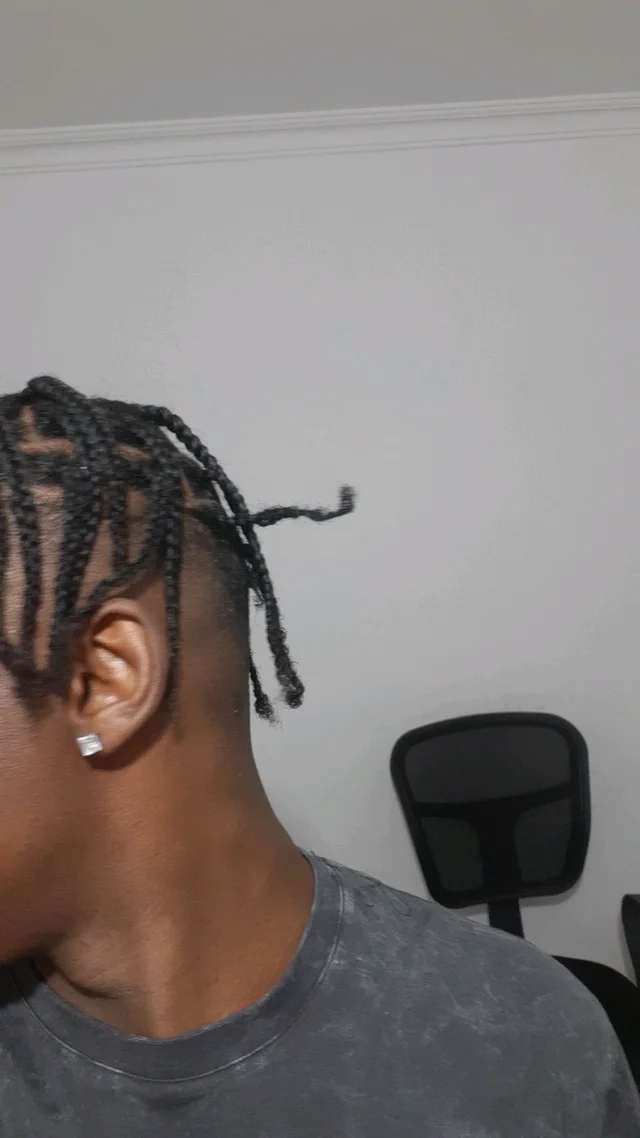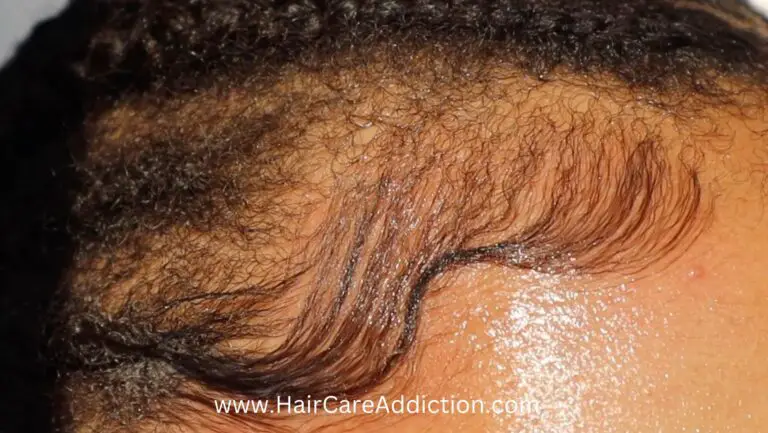Hard Press Vs Soft Press: Difference You Should Know
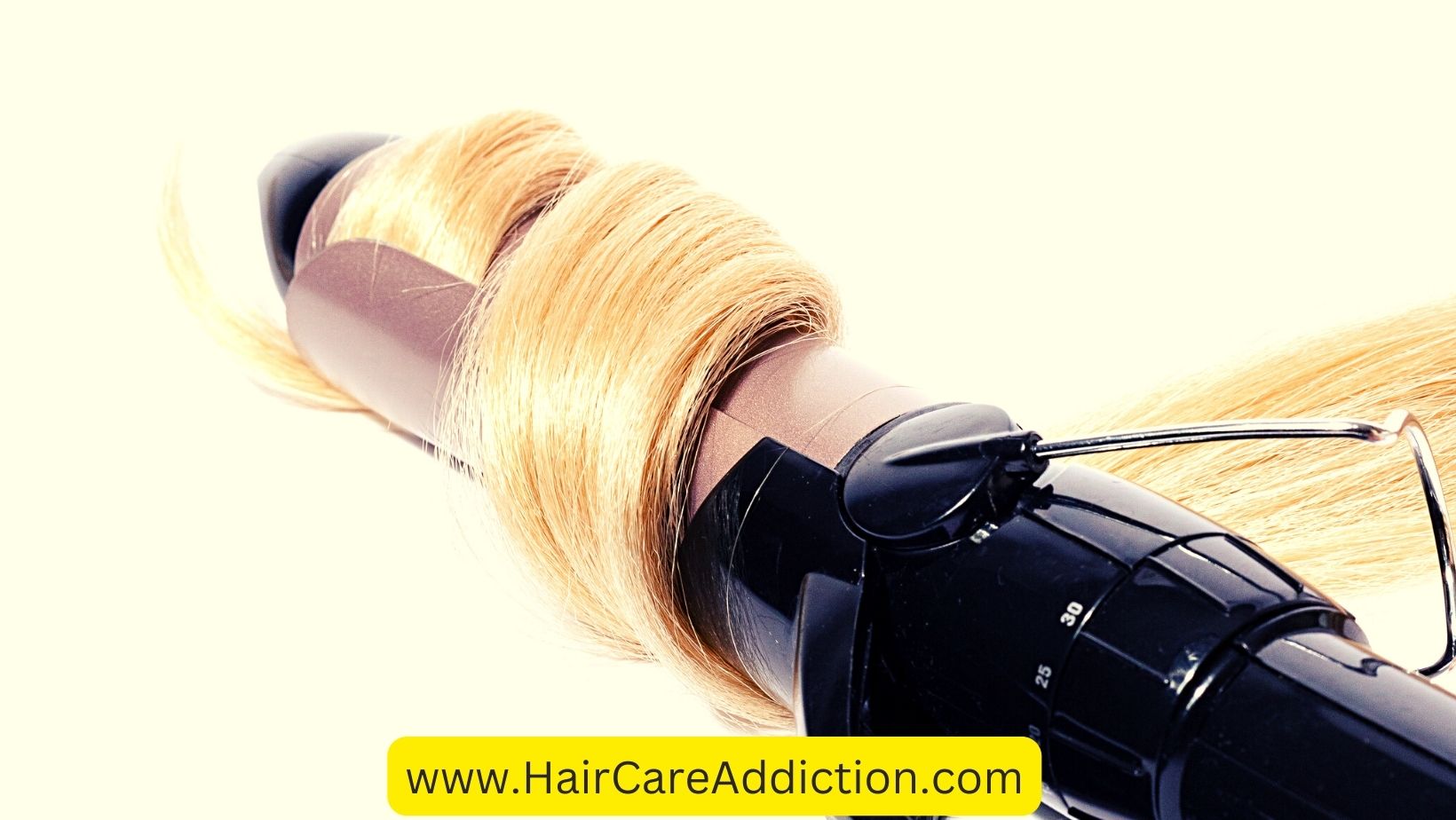
If you have naturally curly hair and you’re looking to achieve a new straight hairstyle, you may be wondering about the best way to do so without causing damage.
One popular choice is to use either a pressing comb or a flat iron to achieve a sleek and smooth appearance.
However, it’s crucial to understand the nuances of these techniques, particularly the distinctions between a hard press and a soft press. I
n this article, we’ll provide you with comprehensive insights into these two methods for straightening natural hair.
Hard Press Vs Soft Press
Here’s a table summarizing the differences between a hard press and a soft press when straightening natural hair:
| Aspect | Hard Press | Soft Press |
|---|---|---|
| Heat Level | High heat | Lower to medium heat |
| Number of Passes | Multiple passes for maximum straightening | Fewer passes to retain natural texture |
| Duration of Results | Several weeks | Few days to a week |
| Dramatic Transformation | Yes | Less dramatic, more natural appearance |
| Manageability | Enhanced manageability with reduced frizz and tangles | May result in increased frizz and tangles |
| Length Retention | Helps maintain hair length by preventing shrinkage and breakage | May not prevent shrinkage and breakage as effectively |
| Risk of Heat Damage | Higher risk of heat damage, leading to potential loss of natural curl pattern | Lower risk of heat damage, preserving natural texture |
| Scalp Burns | Risk of scalp burns if not cautious during the process | Lower risk of scalp burns with proper technique |
| Reversion | Less likely to revert to natural curl pattern when exposed to moisture or humidity | More susceptible to reversion in humid conditions |
| Versatility | Less versatile, as the straightened look lasts longer | More versatile, as it can be easily reverted to a curly style |
| Frequency of Touch-Ups | Requires fewer touch-ups due to longer-lasting straightness | May require more frequent touch-ups to maintain the look |
What is a hard press?
A hard press is a method that employs high heat and multiple passes to attain the flattest and straightest result possible.
Whether you’re using a pressing comb or a flat iron, the key is to apply substantial pressure and heat to the hair, effectively transforming its appearance to mimic that of relaxed hair.
The effects of a hard press can endure for several weeks, contingent on your maintenance efforts and prevailing weather conditions.
Advantages of a Hard Press:
- Dramatic Transformation: A hard press delivers a remarkable transition from curly to completely straight hair.
- Enhanced Manageability: It significantly reduces frizz and tangles, making your hair easier to style and handle.
- Length Retention: By preventing shrinkage and breakage caused by combing and detangling, a hard press helps maintain hair length.
Drawbacks of a Hard Press:
- Heat Damage: One notable downside is the risk of heat damage, wherein the high temperature alters your hair’s structure, leading to a loss of its natural curl pattern. This can result in dry, brittle hair prone to split ends.
- Scalp Burns: Inadequate temperature control and timing can lead to scalp burns, particularly if you’re not cautious during the process.
What is a soft press?
In contrast, a soft press utilizes lower to medium heat and fewer passes to achieve a straight look that isn’t completely flat.
Whether you’re using a pressing comb or a flat iron, the objective is to apply gentler pressure and heat, preserving some of your hair’s natural texture and movement.
A soft press typically lasts for a few days to a week, depending on your hair’s response to environmental factors and your maintenance routine.
Advantages of a Soft Press:
- Natural Appearance: A soft press leaves your hair with a more natural appearance, retaining some volume and bounce.
- Versatility: It offers versatility as you can easily revert to your curly style by wetting or washing your hair, providing flexibility in your styling choices.
- Reduced Risk of Heat Damage: Compared to a hard press, a soft press is gentler on your hair and less likely to cause heat damage.
Drawbacks of a Soft Press:
- Reversion: Soft pressed hair may be more susceptible to reverting to its natural curl pattern when exposed to moisture or humidity.
- Manageability: It can make your hair less manageable and may contribute to increased frizz and tangles.
- Frequency of Touch-Ups: Soft presses may require more frequent touch-ups since they do not maintain their straightness as long as hard presses.
Choosing Between a Hard Press and a Soft Press
The choice between a hard press and a soft press depends on various factors, including:
- Hair Type: If you have fine or thin hair, a soft press may be preferable as it won’t flatten your hair. On the other hand, individuals with thick or coarse hair may opt for a hard press for better control and smoothness.
- Hair Condition: Healthy, well-moisturized hair can tolerate either method, provided you use proper heat protection products and techniques. Damaged or dry hair should avoid a hard press, as it can worsen hair conditions and lead to more breakage.
- Desired Look: If you desire an ultra-sleek, straight appearance akin to relaxed hair, a hard press is the choice. However, if you want a straight yet more natural look that retains some of your hair’s texture, a soft press is suitable.
- Maintenance Routine: Consider how much time and effort you’re willing to invest in maintaining your straight style. A hard press typically lasts longer and requires fewer touch-ups, while a soft press is more easily reversible and demands less heat exposure.
Conclusion
In summary, a hard press and a soft press represent two distinct approaches to straightening natural hair using heat tools.
A hard press employs high heat and multiple passes for maximum straightening, while a soft press uses lower heat and fewer passes to maintain some natural texture and movement.
The choice between the two methods should be based on your hair type, condition, desired look, and maintenance preferences.
Regardless of your choice, it’s essential to use appropriate heat protection products and techniques and limit the frequency of heat styling to preserve your hair’s health and vitality.
